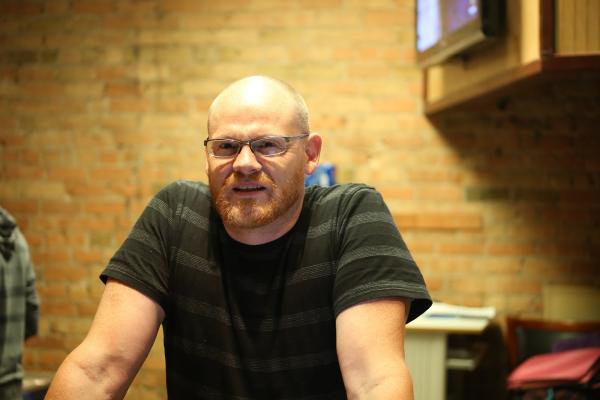The same group of researchers that brought us the understanding of why our hair turns grey has released another study looking at a reason, beyond genetics, for hair loss. For those of you who missed my initial report, let’s get you up to speed.
Stem cells are responsible for hair growth and coloration, and the milieu of hormones and cell mediators controls where hair grows along with its texture. Hair follicles go through stages, of growth (anagen), rest (telogen), loss (catagen and exogen), as well as renewal (kenogen). The bulbous area at the bottom of the follicle contains those previously mentioned stem cells. Hair follicle stem cells (HFSC) derived embryologically from the same layer as our skin produces a new hair follicle during anagen; otherwise, they just hang out. During catagen, hair growth stops, the remnant called a “club hair” remains in place. During telogen, it often falls out, only for the cycle and hair to begin again in anagen. It was the “falling out” part that researchers sought to understand.

The researchers began by removing the adrenal glands, a source of stress hormones like cortisol in both humans and mice, from their mouse subjects. Telogen was shorter, 20 versus 60 to 100 days, and hair growth was roughly three times greater. Replenishing the cortisol in their diet restored telogen’s length and reduce hair growth to normal. When mice were subject to intermittent stresses, like those in our day-to-day life, cortisol rose, and hair growth dropped.
In additional studies, the researchers found that the corticosteroid receptor was not in the HFSC themselves but in the dermal papillae (DP). These are cells located at the bottom of the hair follicle that plays a critical role in controlling hair growth. A protein called growth arrest-specific6, or GAS6, with receptors found in the HFSC, stimulate hair growth. Corticosteroids down-regulate or inhibit the production of GAS6, which in turn results in diminished hair growth and subsequent loss. Restoring GAS6 into the skin of mice reversed the stress-induced hair loss.
Before rushing out to find steroids to rub into your head, the study comes with some significant limitations. Scientists have not demonstrated the same effect of CAS6 on our hair follicles, with or without stress. And while mice are in telogen almost 90% of the time, humans “rest” their hair only 10% of the time.
Source: Relax and Grow more Hair Nature DOI: 10.1038/d41586-021-00656-1




